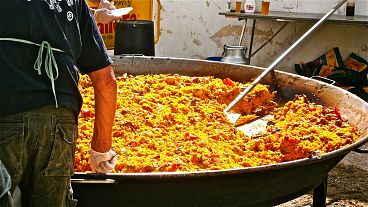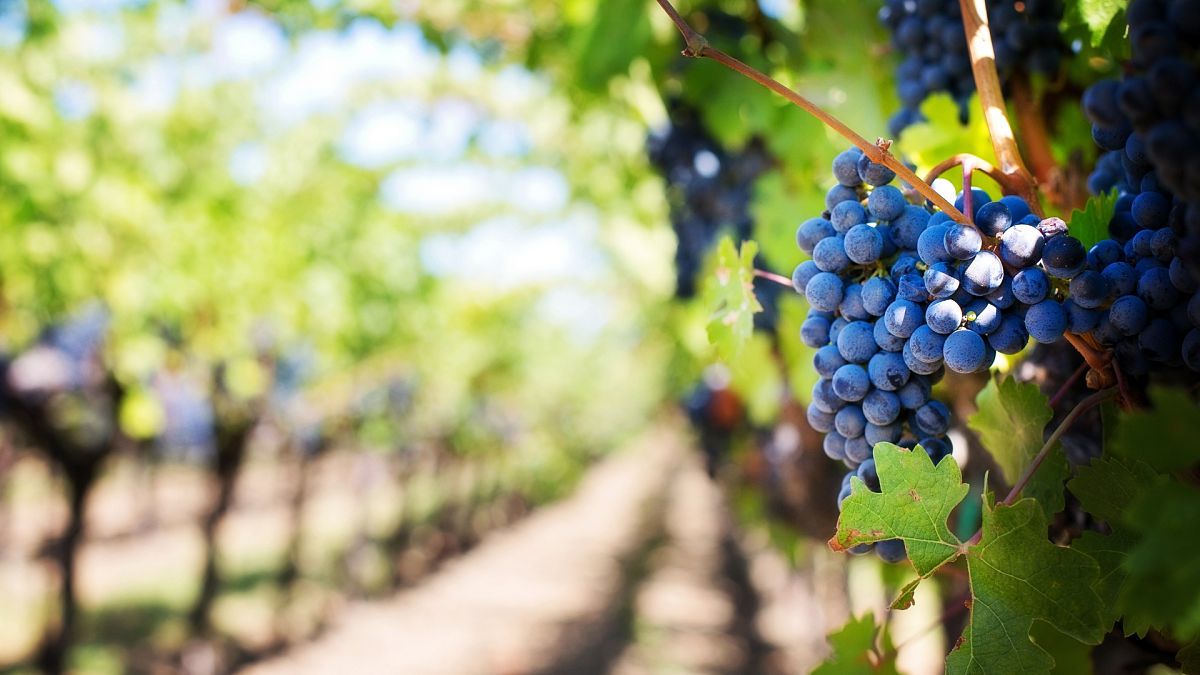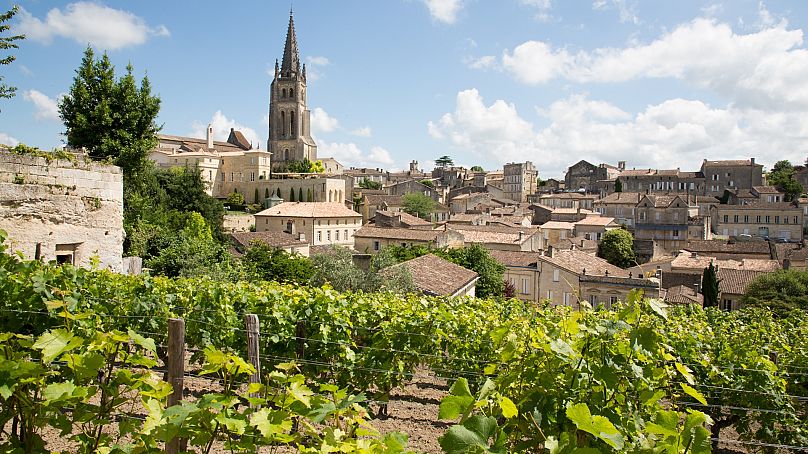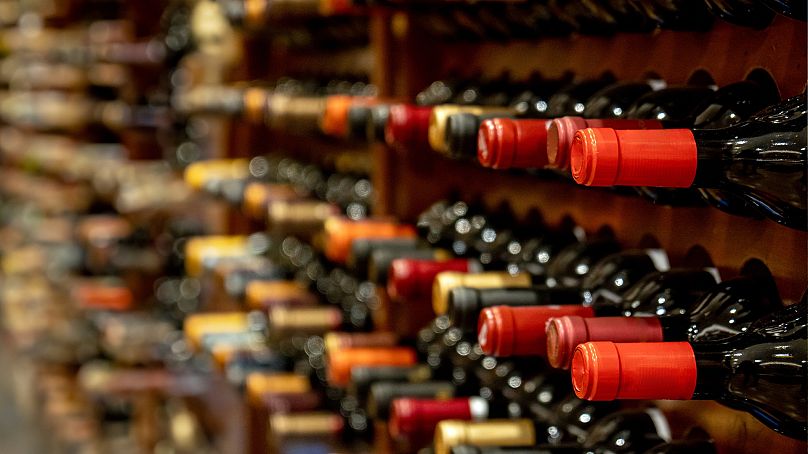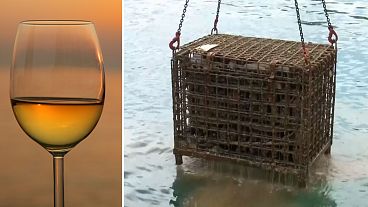France plans to uproot 30,000 hectares of grape vines as wine consumption continues to drop.
The French government has submitted a €120 million plan to uproot 30,000 hectares of the country’s vineyards in response to a shrinking wine sector.
The plan, created by the state, the Nouvelle-Aquitaine region and the Bordeaux Wine Interprofessional Counsel, will uproot 30,000 of the nation’s 800,000 hectares of vineyards.
It’s part of a wider plan by the Ministry of Agriculture to uproot as much as 100,000 hectares. The Gironde department has already begun to reduce its vineyards by 8,000 hectares.
Vineyard owners have been offered as much as €4,000 per hectare they allow the government to uproot. Those who accept the offers aren’t allowed replant vines on the same land until at least 2029.
Wine consumption in France has been in freefall for multiple decades, dropping by 70% in the last 60 years. The average French citizen drank 120 litres of wine a year in the 1960s. It’s now just 40 litres, says the French Observatory for Drugs and Drug Addiction (OFDT).
The trend is increasing in severity, government institution FranceAgriMer says, with red wine sales dropping by 15% in just the past three years.
Young French people are rejecting wine as their go-to drink. Changing drinking habits such as preferring beer to wine, and a wider rejection of drinking alcohol entirely by under 34s has fuelled this change in the market.
France’s wine industry is also being impacted by a reduced international demand for the drink. 2023 wine export figures were down 10% on the previous year. France was the largest wine exporter in the world in 2023 delivering 48 million hectoliters, although Italy is likely to regain that title this year.
China, once one of the biggest markets for French export wine, has reduced its demand in light of its increasingly large domestic wine industry and a preference for Spanish and Italian wine.
These factors have all led to Bordeaux’s wider regional decision to strip many of its hectares of vineyards. This first €120 million governmental plan for the first 30,000 hectares will likely be followed by more plans to complete the uprooting of a total 100,000 hectares.
The next wine centre of Europe?
Another long-term factor that may impact France’s wine industry could also be global warming. As the climate shifts, the terroir that defines each French region’s unique wines changes alongside.
For the moment, things are fine for French wine. A study between 1950 and 2020 for 19 controlled designations of origin in Bordeaux have been improved due to warmer summers and wetter winters.
However, if temperatures continue to increase, these same vineyards that have benefited from a rise in temperature could face drought, which will be incredibly detrimental to their crops.
It’s this which has led to a significant boom in the wine industry in the UK. The more temperate weather of the UK has also been rising during the summers, and wine investors have seen the potential for the country to become a major wine producer across the 21st century.
Frost, which can be devastating to grape vines, now rarely occurs in some areas of southern England. Vineyards are springing up across the country from the south to Scotland. With a 74% increase in vine plantings, equating to 4,000 new hectares in the past five years, Britain is the fastest-growing wine region in the world due to this shift in climates.




